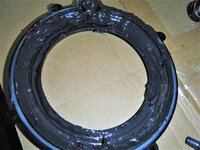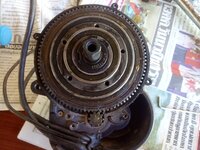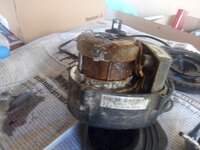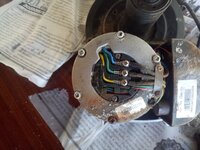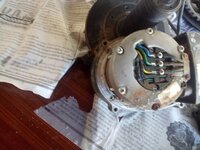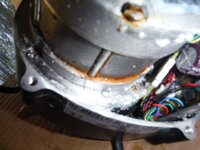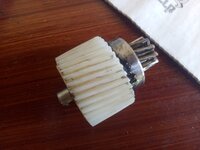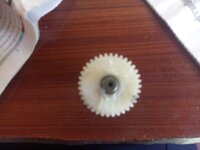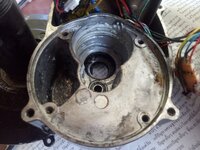RickBradford
Member
- Region
- Asia
I have a Tongsheng TSDZ2 which I have put about 4,000km on. I've had a few niggles with it, (which I mentioned in a thread titled Tongsheng Grinding) but it moved to a new level recently. This added to some existing clicks and grinds, which tended to get worse during a ride.
After a freewheel today, the motor gave the impression of a slipping clutch on a car, with a racing sound from inside. This developed into a steady ugly-sounding whine, accompanied by a loss of power. When I finished the ride, on a hunch I checked the motor for temperature. It was boiling hot, too hot to touch.
To be honest, I have only done minimal maintenance on the motor, given that I am not confident fooling around in the innards of these motors. It could be something as simple as a lack of oil, I suppose, but I really have no clue.
But clearly I need to take some action now, and if anyone has any ideas on what bits of the motor I should check and what remedies I could apply, I would be most grateful.
After a freewheel today, the motor gave the impression of a slipping clutch on a car, with a racing sound from inside. This developed into a steady ugly-sounding whine, accompanied by a loss of power. When I finished the ride, on a hunch I checked the motor for temperature. It was boiling hot, too hot to touch.
To be honest, I have only done minimal maintenance on the motor, given that I am not confident fooling around in the innards of these motors. It could be something as simple as a lack of oil, I suppose, but I really have no clue.
But clearly I need to take some action now, and if anyone has any ideas on what bits of the motor I should check and what remedies I could apply, I would be most grateful.
